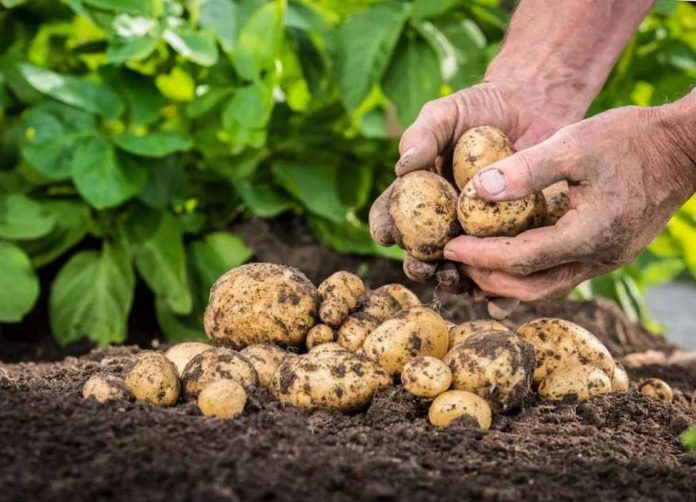A Study Reveals the Evolutionary Origins of the Potato Plant 9 Million Years Ago

A recent scientific study revealed that the potato plant, one of the most important food crops globally, originated about 9 million years ago as a result of natural hybridization between a wild plant related to the tomato and a type resembling potatoes in South America.
The research team relied on analyzing 450 genetic samples of cultivated potatoes and 56 samples of wild varieties, which enabled them to trace the genetic lineage of this crop that began to be cultivated in the Andes region before spreading globally starting from the sixteenth century.
The results indicated that this hybridization led to the emergence of the "tuber" _the edible part of the potato_ unlike the tomato plant whose fruits are consumed. The researchers also identified two key genetic factors responsible for tuber formation, a discovery that contributes to understanding the plant's evolution and adaptation.
Modern potatoes (Solanum tuberosum) descend from two plant species, one of which still exists in Peru and is known as Solanum etuberosum, which resembles the tomato in shape but lacks tubers. The study revealed that these two species share a common ancestor that lived about 14 million years ago, and after their separation about 5 million years ago, hybridization occurred that produced the plant capable of growing in the cold and dry climates of the Andes mountains.
In this regard, Dr. Sandra Knapp, a botanist at the Natural History Museum in London, said: "This natural hybridization reshuffled the genetic factors and produced a lineage capable of developing tubers, allowing the new plants to expand into new ecological areas."
Scientists believe that understanding the genetic makeup of potato origins may pave the way for crop improvement, especially in the face of climate change challenges. Researcher Qiang Zhang from the Chinese Academy of Agricultural Sciences explained that these results could enable the development of hybrid crops that combine the traits of tomatoes and potatoes, producing fruits above ground and tubers below.